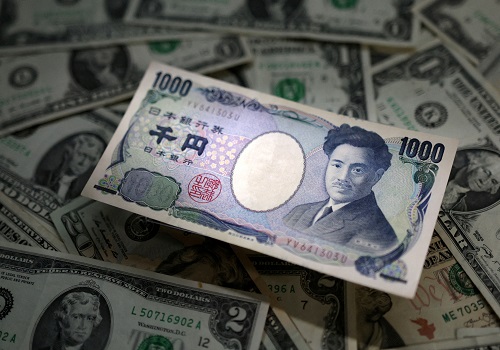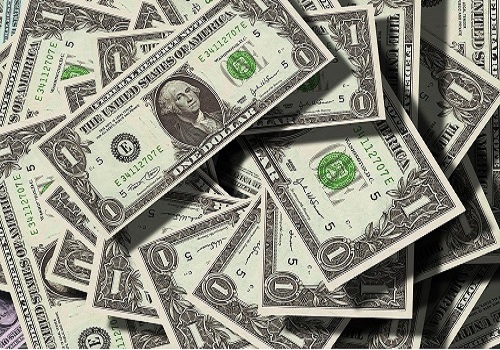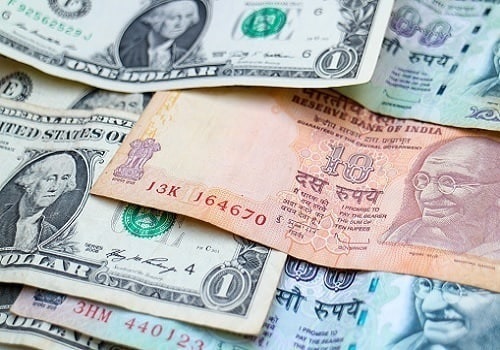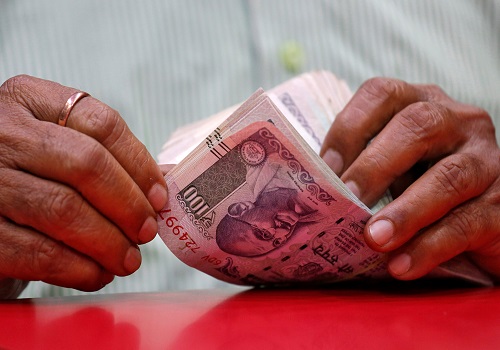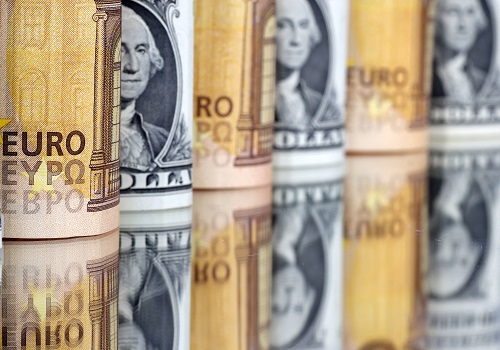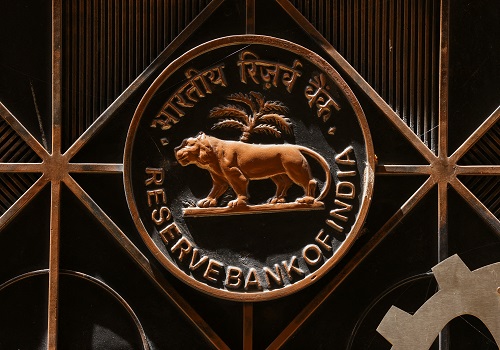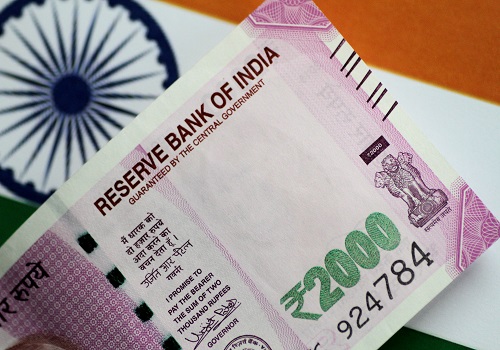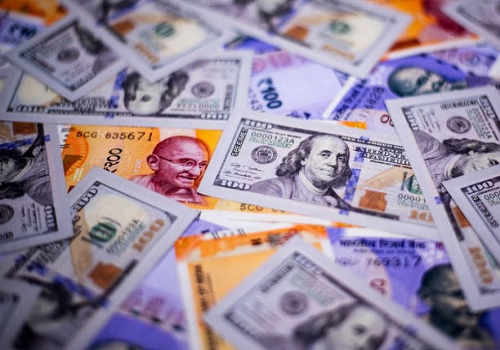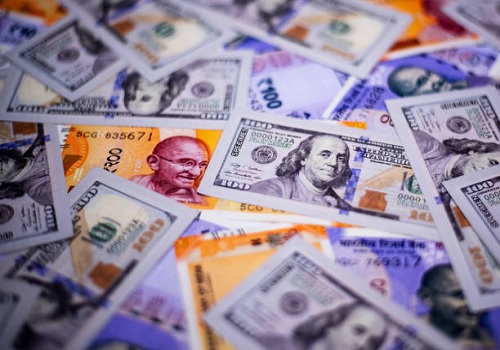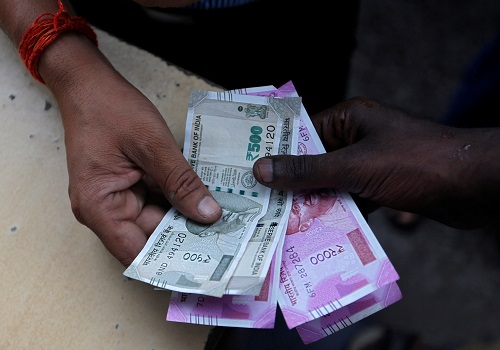As dedollarisation picks up steam, it will have positive cascading effect on Rupee
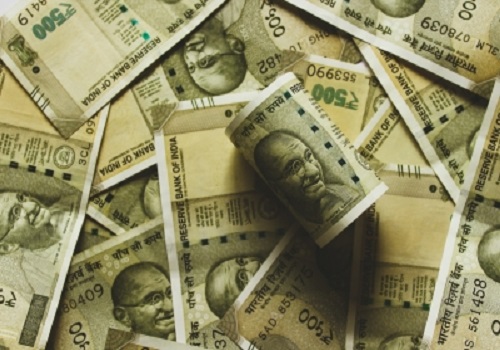
Follow us Now on Telegram ! Get daily 10 - 12 important updates on Business, Finance and Investment. Join our Telegram Channel
India has traditionally traded with the global community in US Dollars and a basket of currencies. Against the basket we have done well and have appreciated against the British Pound and Euro, but it is against the US dollar that our performance has not been the best.
To add to our concerns is the fact that many countries have their currency pegged to the US Dollar. Some examples are the UAE Dirham, Malaysian Ringgit and Hong Kong Dollar, among others.
India has been trading in Indian Rupee with bilateral pacts for time immemorial with the best example being the Rupee-Rouble trade which has been going on even before I was born (or over 65 years ago). The same was extended for trade between India-Iran when there were sanctions on Iran imposed. Now the same is happening between the UAE, Sri Lanka and Bangladesh among others.
There would be no short-term impact of this de-dollarisation from a stock market perspective. However, in the long term this would impact the markets in a very positive manner. India's biggest imports are crude oil and edible oil and most of the trade of these commodities has traditionally happened in USD.
Post the Russia-Ukraine war, the situation has changed and India has been able to do trade with Russia for crude oil at favourable prices and also in rupee denominated currency.
I am not sure how many would recall the large department store in Singapore known as 'Mustafa' which was very popular with Indians visiting that country. This store always accepted Indian currency and the same was at the official rupee-SGD rate. Even today the rupee is accepted all over the Middle East and Ru-pay has become very popular.
Bangladesh is foreign currency starved and is struggling with its forex reserves. The trade with India in rupee has given a new lifeline to the country and they are now able to manage their business and economy. Small traders and businessmen are once again able to do business and import items from India which had earlier become a bottleneck.
Against the imports of crude oil and edible oil our exports are primarily matched against software exports. This is one item that helps India stay afloat comfortably amongst others. Going forward as the Rupee and the de-dollarisation movement picks up steam, it will have a positive cascading effect on the Rupee.
Besides India, which has its own advantages in floating the rupee as a trade and acceptable currency, even China is pushing de-dollarisation as a viable alternative. Its expansion into multiple geographies with its one road project is now meeting stiff resistance from many countries. Our immediate neighbour (Pakistan) is totally dependent on them, but things seem to be not moving as either of them would have desired.
While the first steps to de-dollarisation have started and the system is doing reasonably well, there is a long way to go before it becomes the norm. The good part is the way the country has moved to digital transactions and the popularity of the UPI system where the same is being used across the length and breadth of the country and across various strata of society. This would also help in making the de-dollarisation that much more successful.
In conclusion, the trade pact that India is signing up with countries and introducing the concept of trading in the local currency is gaining momentum. The moment we are able to tie up say around two-thirds of our crude oil and edible oil in rupee or non-dollar trade, India would have arrived.
This would have a big positive impact on our markets as the Rupee dollar depreciation that FPI's factor when they buy equity being factored as a cost, would stop. This would be the moment for India as our markets would then receive a big boost. This would be the time when our markets start benefiting in a manner that they have never seen till today.














